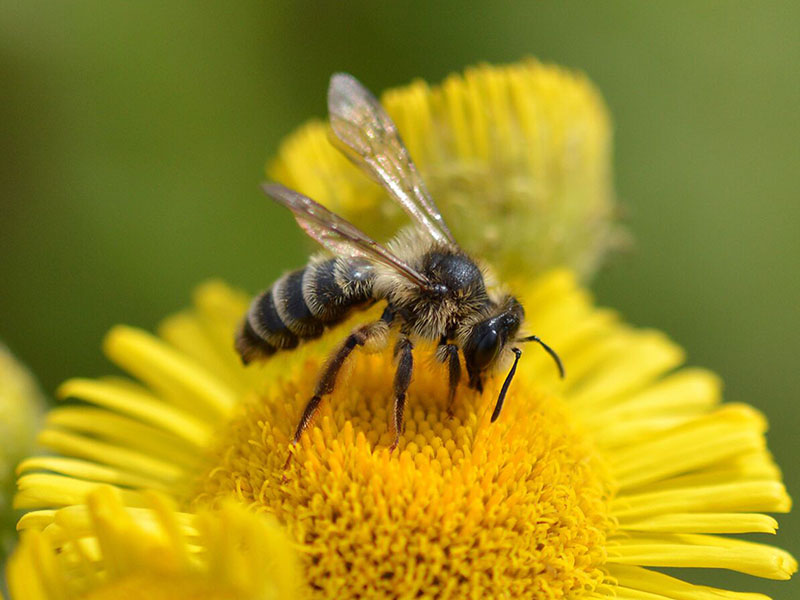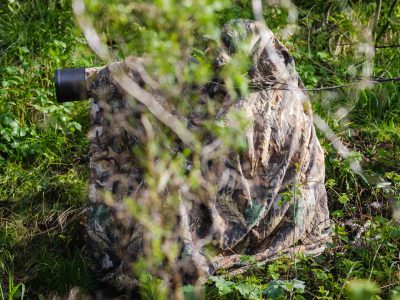Why is the habitat so unique?
A standard coal spoil heap is formed from millions of rock fragments, leftovers from the local mine. As a result, rainwater percolates through a coal heap far more easily than it would, say, an agricultural field. This creates a relatively dry environment that curiously mimics a sand dune.
“To have sand dune conditions away from the coast is rather unique and specialist animal and plant communities develop as a result,” said Liam.
The varied topography and pH of a coal heap also creates multiple different habitats in close proximity which is ideal for invertebrates that need two or more habitats to complete their lifecycle.
In addition, many coal tips have been left undisturbed for over a hundred years which has led to the visible evolution of an entirely new ecosystem.
“Some of these areas are islands surrounded by agriculture,” said Mike, “and while they’ve been untouched for various reasons, you’ve got interesting plants developing over years, and sometimes also you’ve got insects that have followed the plants or found an environment they can thrive in.”
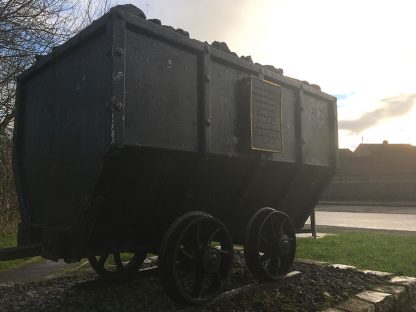
Many towns in south Wales have a strong mining heritage, which can be seen in memorials such as this one in Beddau.
Where can I go to see one?
Some of the best coal heaps for walking include:
- Cwm coal tips, near Beddau, a few miles northwest of the city: This spectacular and highly accessible coal heap offers great views of the town and the distinctive Cwm Colliery tower.
- Albion tip in Cilfynydd: The site of south Wales’ second worst coalfield disaster, Albion is situated on the banks of the River Taff near Pontypridd.
- Dare Valley country park: A little further out, Dare Valley has been partially tidied up for tourists, and now offers a great blend of both untouched and spruced up scenery.
A Cardiff initiative is fighting to preserve the region’s coal tips, which have been making headlines for their wide array of unique wildlife
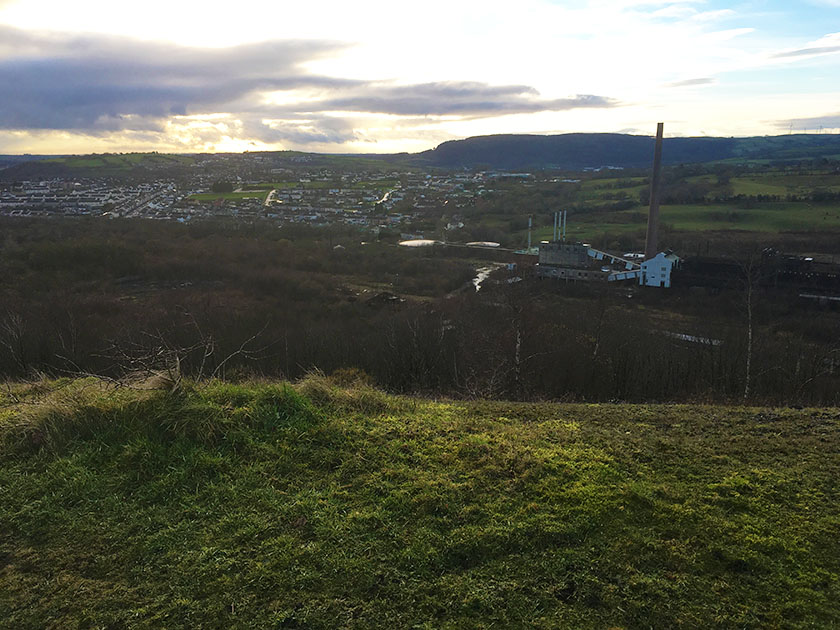
The views from the top of a coal tip, such as this one at Cwm Colliery, can be breathtaking.
For many, coal spoil heaps are a grim and silent reminder of an industry long past, but a Cardiff-based ecologist has discovered that nothing could be further from the truth.
Liam Olds, 25, is the founder of the Colliery Spoil Biodiversity Initiative. Working alongside local authorities in Rhondda Cynon Taf for two years, Liam has sought to raise awareness of the unique habitats created by these man-made structures.
“Much of the low public opinion stems from people’s inexperience with these sites,” said Liam. “Having never stepped foot on a coal tip, you could easily be mistaken for thinking that coal tips are black eye-sores in the landscape that are devoid of life – a common misconception.”
Over the past year, several finds from the coal tips have earnt widespread recognition. The discovery of two rare types of miner bee in spring 2017 raised eyebrows while the find of an entirely new species of millipede, affectionately titled the ‘Maerdy Monster’, obtained national attention.
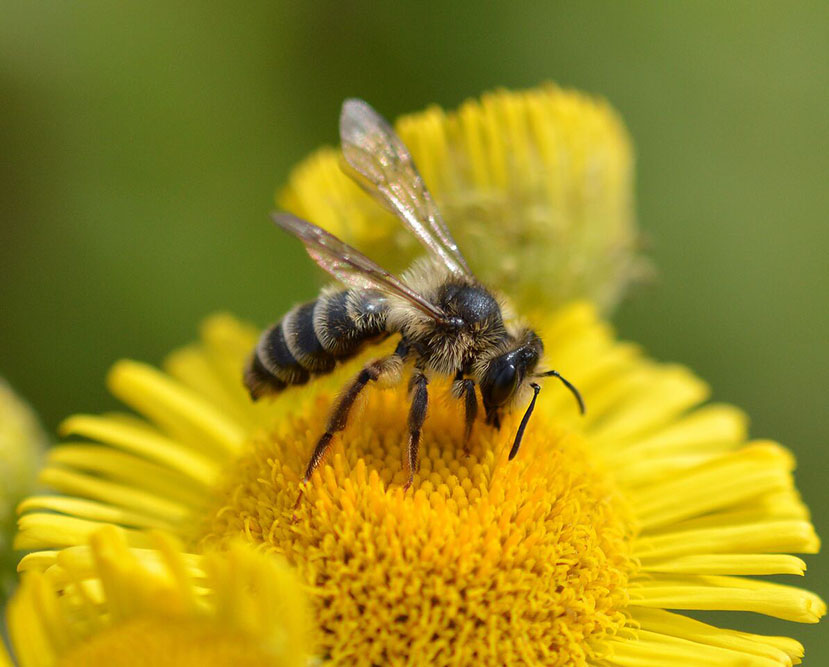
Liam has found many rare and unique bees on the coal tips, drawn by the unique flora that the habitat supports. Credit: Liam Olds
However, as Mike Wilson, Head of Entomology at the National Museum notes, the tips are under increased threat from coal developers.
“If the coal price stays high, then someone could come along and say ‘we could re-work that tip, make some money and afterwards put some trees and green over it’,” Mike said. “Obviously, that would mean the loss of these places that have become very special.”
The tips aren’t just for wildlife lovers either. Outdoor Cardiff has recently created two separate walking trails, at Fforest Fawr and Pentyrch-Creigiau, which take hikers past old collieries to appreciate the spectacular scenery on display. Given the relative lack of open access land, coal tips offer a similar appeal.
Liam added: “I would urge anyone interested in the outdoors, whether for wildlife or recreation, to visit a coal tip – you will not be disappointed.”
Explore the hike at Cwm Colliery tip below:
Why is the habitat so unique?
A standard coal spoil heap is formed from millions of rock fragments, leftovers from the local mine. As a result, rainwater percolates through a coal heap far more easily than it would, say, an agricultural field. This creates a relatively dry environment that curiously mimics a sand dune.
“To have sand dune conditions away from the coast is rather unique and specialist animal and plant communities develop as a result,” said Liam.
The varied topography and pH of a coal heap also creates multiple different habitats in close proximity which is ideal for invertebrates that need two or more habitats to complete their lifecycle.
In addition, many coal tips have been left undisturbed for over a hundred years which has led to the visible evolution of an entirely new ecosystem.
“Some of these areas are islands surrounded by agriculture,” said Mike, “and while they’ve been untouched for various reasons, you’ve got interesting plants developing over years, and sometimes also you’ve got insects that have followed the plants or found an environment they can thrive in.”

Many towns in south Wales have a strong mining heritage, which can be seen in memorials such as this one in Beddau.
Where can I go to see one?
Some of the best coal heaps for walking include:
- Cwm coal tips, near Beddau, a few miles northwest of the city: This spectacular and highly accessible coal heap offers great views of the town and the distinctive Cwm Colliery tower.
- Albion tip in Cilfynydd: The site of south Wales’ second worst coalfield disaster, Albion is situated on the banks of the River Taff near Pontypridd.
- Dare Valley country park: A little further out, Dare Valley has been partially tidied up for tourists, and now offers a great blend of both untouched and spruced up scenery.

